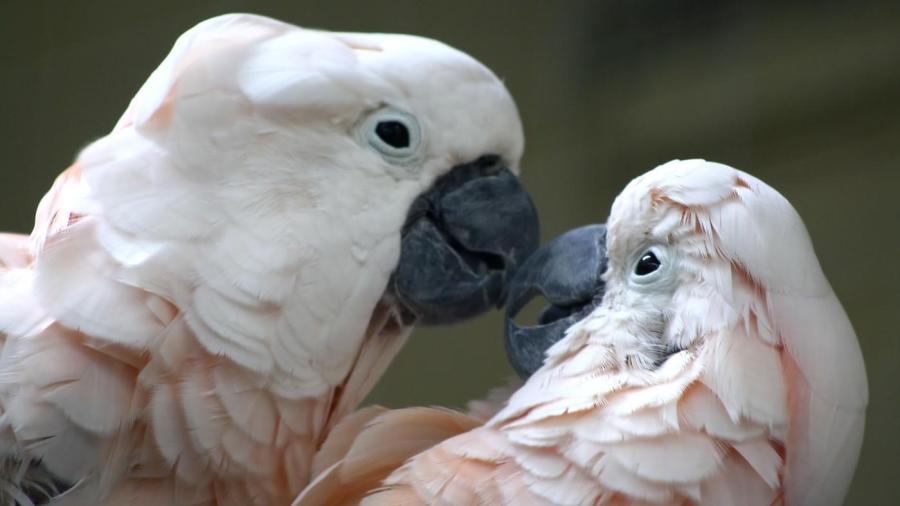How Do Animals Reproduce?

The State University of New York states that animals reproduce by several sexual and asexual methods, with sexual reproduction, defined as the production of gametes with half of each parent’s DNA and their union into diploid organisms, predominating. Sexual reproduction can be done externally, with eggs and sperm united outside an organism, or internally. Asexual reproduction takes a large number of forms, which vary between taxonomic groups.
External sexual reproduction in animals always occurs in the water, as the gametes require water both to move to each other and for protection from drying out. Even land animals that practice external fertilization go into the water first. Internal fertilization is used both underwater and on land, and involves males injecting sperm into females. Some animals, including some birds and reptiles and all mammals, use a penis for this purpose, while other animals use different structures. Different groups of animals may have two separate sexes, change sexes based on age or conditions, or each organism may produce both sperm and eggs.
The State University of New York states that asexual reproduction may be as simple as a single organism splitting into two, or budding off a new organism. Many species of insects alternate between sexual reproduction and parthenogenesis, in which unfertilized eggs develop into new organisms.





